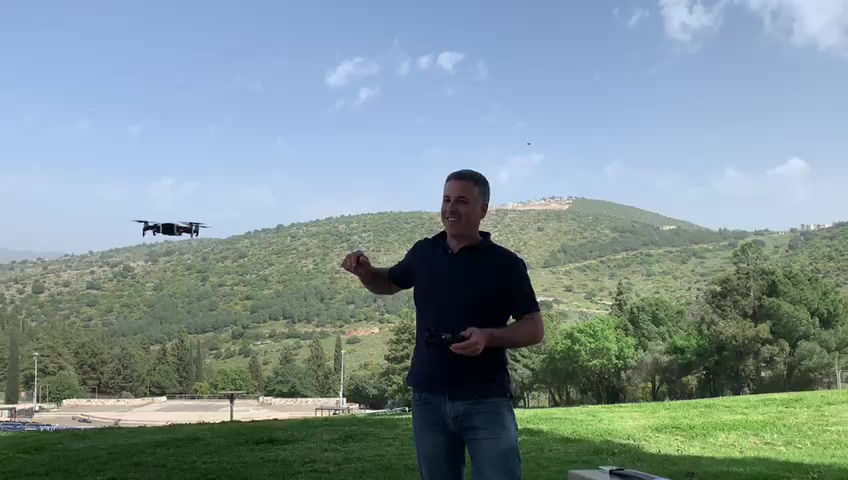Design and Development of Hybrid Systems

Rogat develops Hybrid systems for UAV/drones, robots, vehicles and other platforms; flight control analysis and physical aspects of UAV platform products.
Hybrid systems offer enhanced energy efficient performance, resulting in longer distances for continuous flying of a drone, vehicle drive/ robotic platform etc.
Moreover, they provide options for monitored switching into QUIET mode at specific points of operation and also provide heavier loading capacity to carry heavier loads
Hybrid Engines are the ultimate solution.
Choosing relevant options & alternatives according to specifications & challenges
Fitting & integrating Hybrid engines on existing platforms or as part of project R&D
Creativity & experience for solving complex challenges

A Hybrid System uses two or more distinct types of power to drive an electric generator that powers an electric motor. The basic principle behind Hybrid energy usage is that the different motors work better at different times.
The electric engine, for example, is more efficient at producing turning power, or torque, whereas the combustion engine is better for maintaining high speed. Correct switching from one to the other at the proper time creates optimal energy efficiency conditions.
The variety of Hybrid engines is constantly growing, and so, respectively, are the capabilities, performance and the possibility of integrating these engines into different and varied platforms, uses and purposes.
We marvel at the capabilities that Hybrid systems allow us in many of the R&D projects we carry out, and we constantly make sure that we remain attuned and updated.
Hybrid solutions for longer operation – Rogat's team has extensive experience in delivering energetic solutions for aerial, naval or land platforms.
Here is an example of a calculation we did in order to extend the Work-time Efficiency (“WE”):
WE = AT/GT
AT - The time a drone can fly in optimal conditions
GT - The time needed to renew the power needed for flight
A longer flight time coupled with a quick refuel opens up a wide range of new commercial possibilities, including drones for search and rescue, high-quality aerial photography and much more. The main characteristic of a drone is its Thrust/Weight Ratio (TWR). To be able to fly, your TWR shall at least be equal 1. To be able to take off, you need TWR>1. TWR=2 gives a fairly dynamic quadcopter. Required Thrust = ( Weight x 2 ) / 4. If you have 4 motors and want TWR=2, each motor should achieve a thrust equal to half of the drone's weight. For a given propeller, you can get its thrust vs rpm ratio, so you can get the target rpm (if you have 4 motors and want TWR=2. You can also get its torque vs rpm characteristic, and get the mechanic torque you'll get at the target RPM.
For a variable-pitch propeller, we calculate the engine rpm for TWR=2 and the maximum pitch and minimum pitch for TWR=0.8. We need to find a combination of fixed RPM for 0.8<TWR<2 with a specific propellor.
In order to choose a motor you need to determine how much weight you are planning to carry, and then calculate the thrust required to lift the quadcopter. Also, when choosing motors you need to consider Watt’s and Efficiency as well.
Quadcopters have 2 clockwise(CW) and 2 counter-clockwise(CCW) propellers and it has two flight configurations. X config and + (plus) configuration. In X config two arms will face front side while in + config only one arm will face the front side. If you are making a Quadcopter with "plus" config you can tune your quadcopter easily by a single axis tuning method.
Power
The power in watts needed for every Kg of the total weight is:
Hovering: 100-150 Watt/kg
Scale Flight: 200-300 Watt/kg
Some chilling acrobatic flight: 350-400 Watt/kg
3D acrobatics 500+ Watt/kg
Hardcore 3D 1000 Watt/kg






